In Munich, every season is special. Throughout spring and summer, Münchners sunbathe on the banks of the Isar River and paddle in the Eisbach Canal. Come autumn and winter, they don dirndls and lederhosen for Oktoberfest, then warm up with mugs of glühwein at Christmas markets.
In addition to seasonal charms, this Bavarian city boasts year-round attractions that will keep your itinerary full no matter when you visit. Here are the best things to do in Munich at any time of the year.
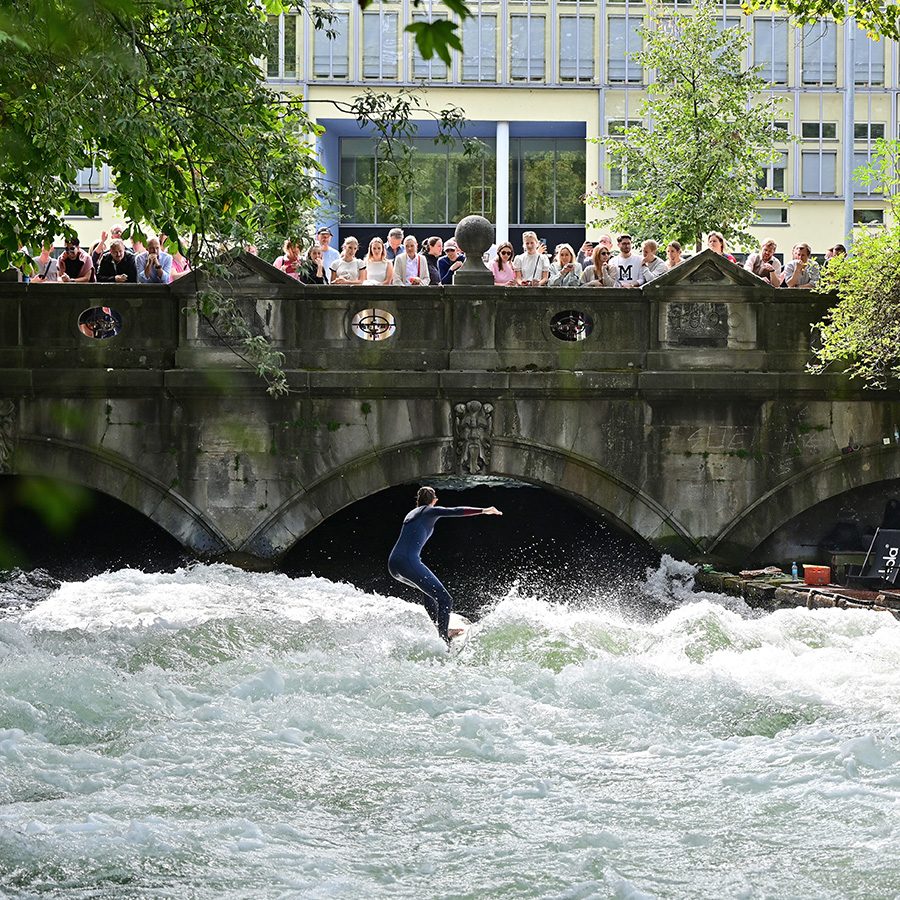
Credit: Spitzt Foto/Getty Images
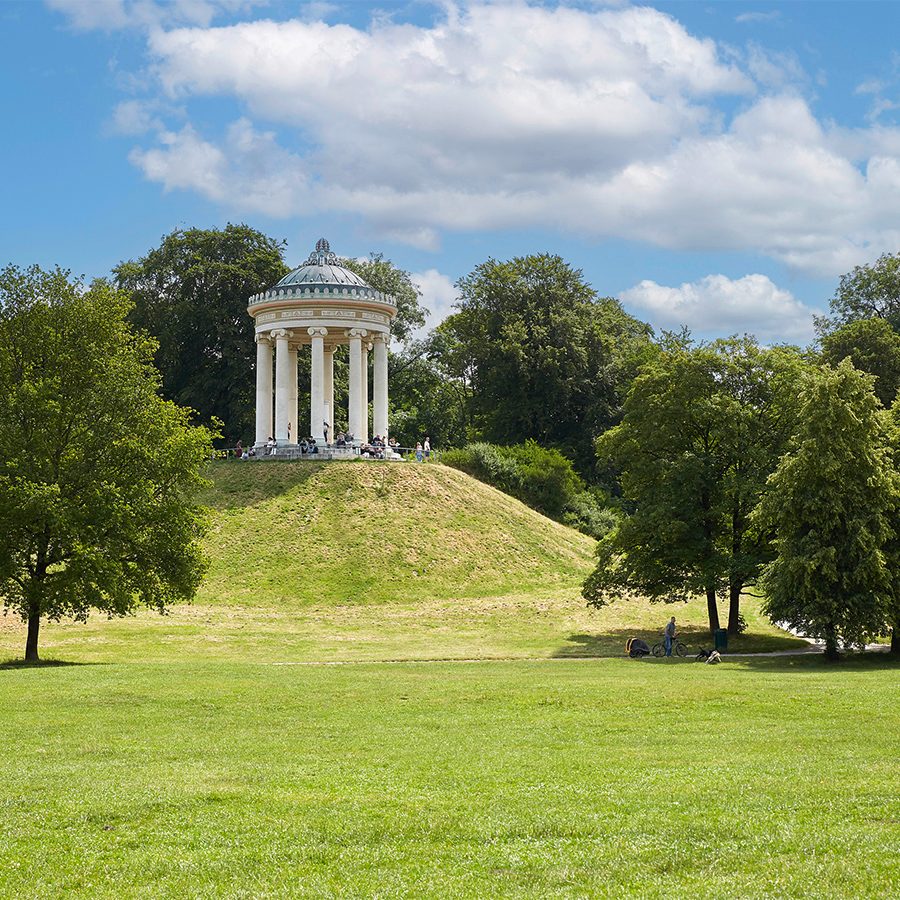
Best outdoor activity: The English Garden
Check a few items off your must-see list at the English Garden, a sprawling city park. Start with Eisbach Canal, which draws surfers to take on its artificial wave, the Eisbachwelle, every day of the year. Yes, you’ll see them even in snowy weather.
One of the very best spots in the garden is the Monopteros, a hilltop temple which offers a stunning panorama of the Munich skyline, particularly at sunset. If you find yourself working up an appetite, visit the beer garden at the Chinesischer Turm (Chinese Tower), which transforms into a cheerful Christmas market in winter.
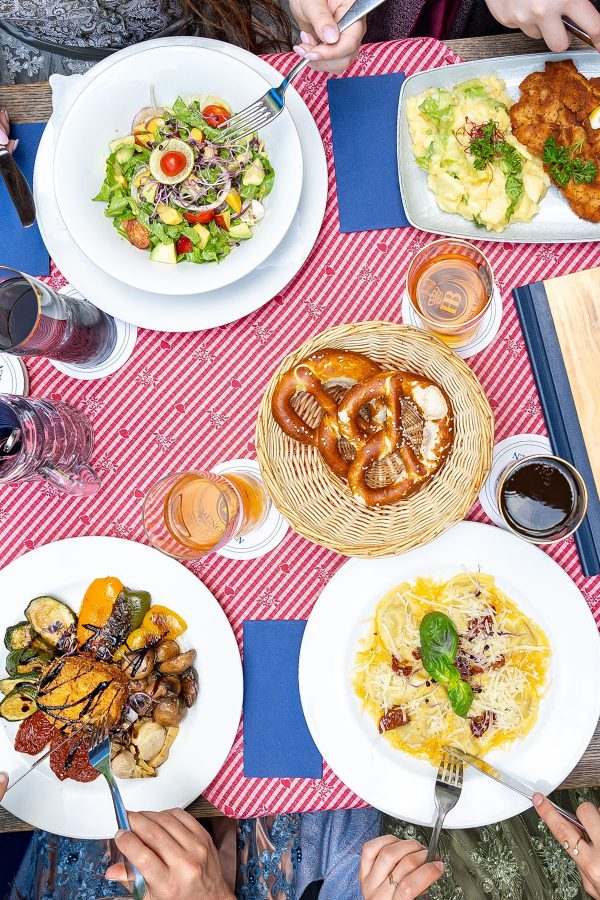
-beer_garden_Hofbräukeller_am_Weinerplatz-Hofbräukeller-courtesyimages-4.renditionimage.900.600.jpg)
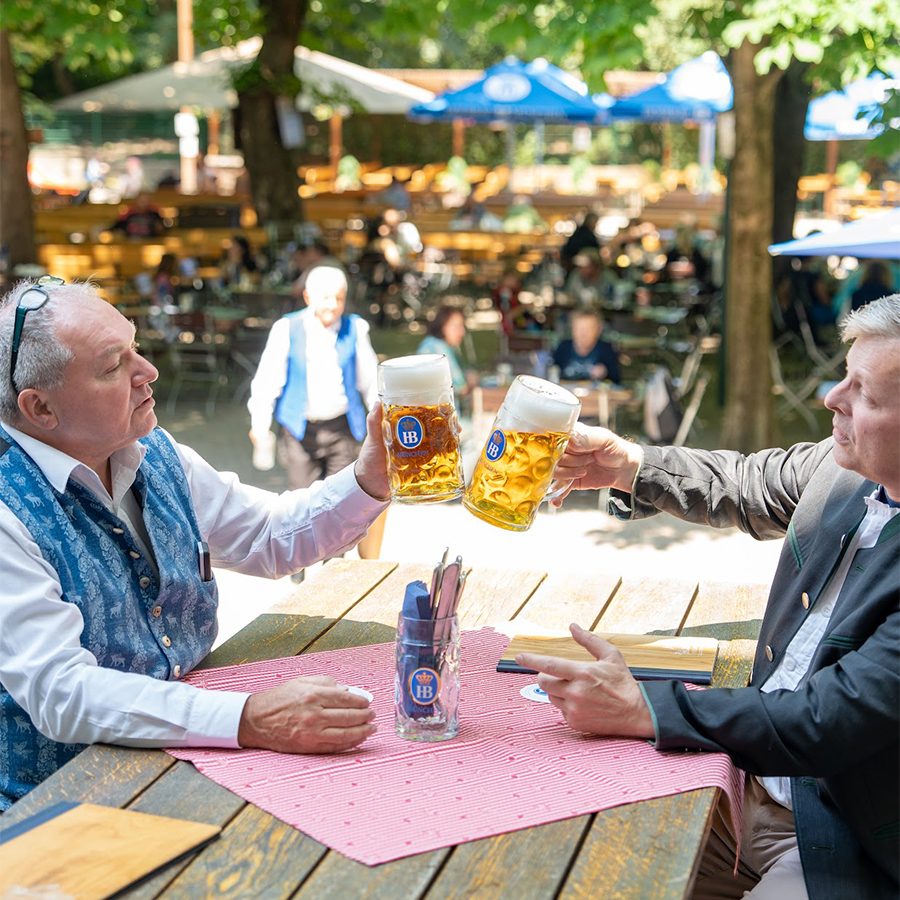
Best beer garden: the Hofbräukeller
To Bavarians, beer gardens are more than just outdoor bars: these family-friendly establishments are the cornerstones of the community. With so many across the city, the choice can be overwhelming. The good news? They all serve excellent authentic cuisine.
That said, this writer has her favourite: The Hofbräukeller am Weinerplatz . Located in Haidhausen, one of the most beautiful parts of the city, it’s an ideal start or end point for a tour of this district. For stunning photo opportunities in the area, visit the nearby Maximilianeum (the Bavarian State Parliament) and the adjacent Maximilian Bridge. Afterwards, stroll along the Mauersteg, an elevated walking path above the river, to take in the beautiful scenery of the neighbourhood.


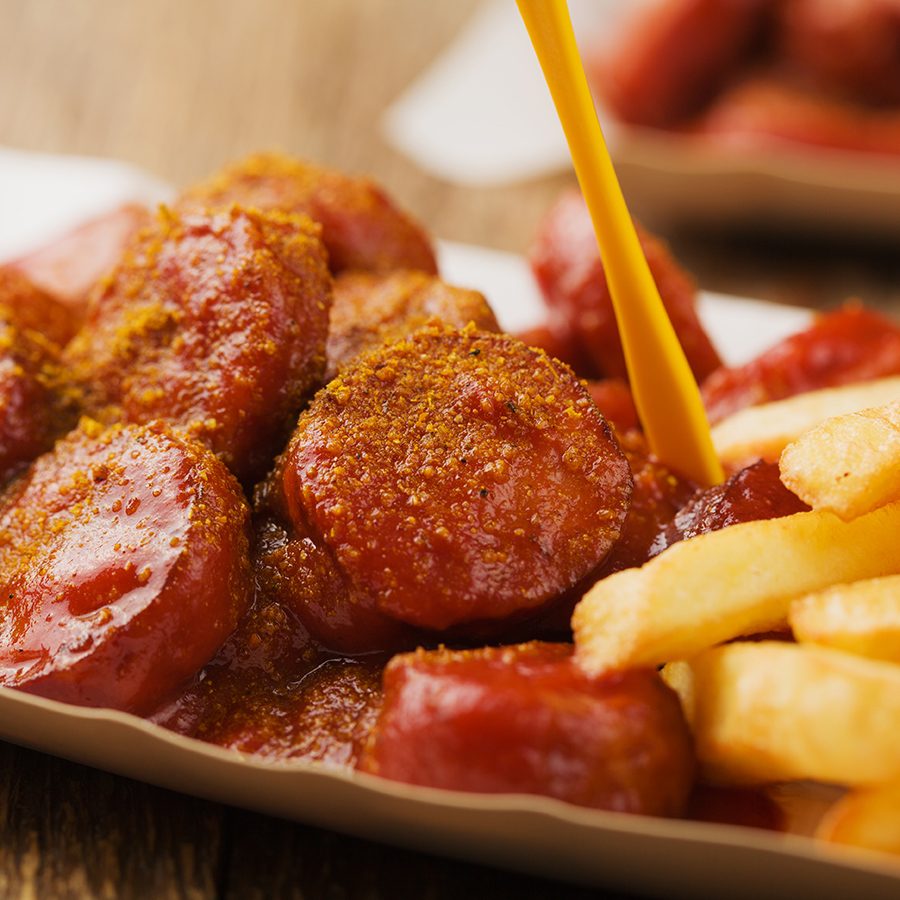
Credit: gkrphoto/Getty Images
Best Bavarian food: Servus Heidi
For local flavour with a modern twist, dine at Servus Heidi . This wirtshaus, or tavern, serves traditional Bavarian dishes with creative touches that will delight gourmands. On the menu, you'll find culinary staples such as knödel (boiled dumplings) and spätzle (egg noodles).
If you’re looking for more casual fare, currywurst is Germany’s answer to comfort food. Although it’s a highly competitive playing field, Munich’s best can be had at Bergwolf , a hole-in-the-wall above the Frauenhoferstraße U-Bahn station.
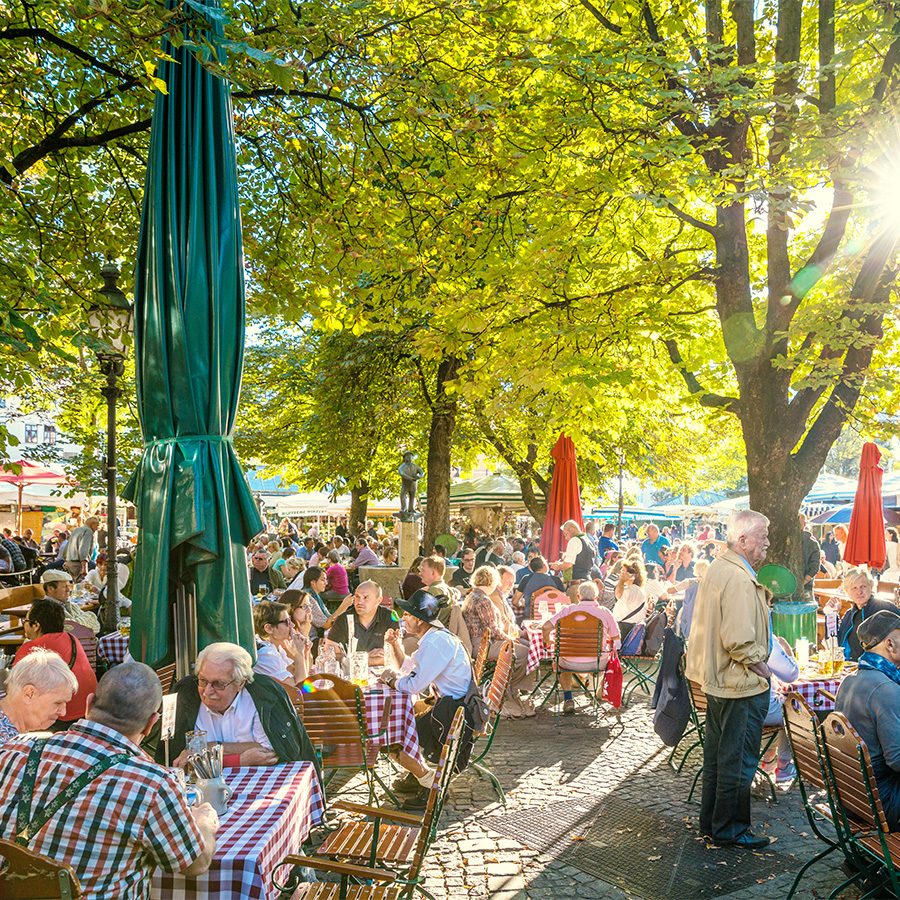
Credit: Nikada/Getty Images
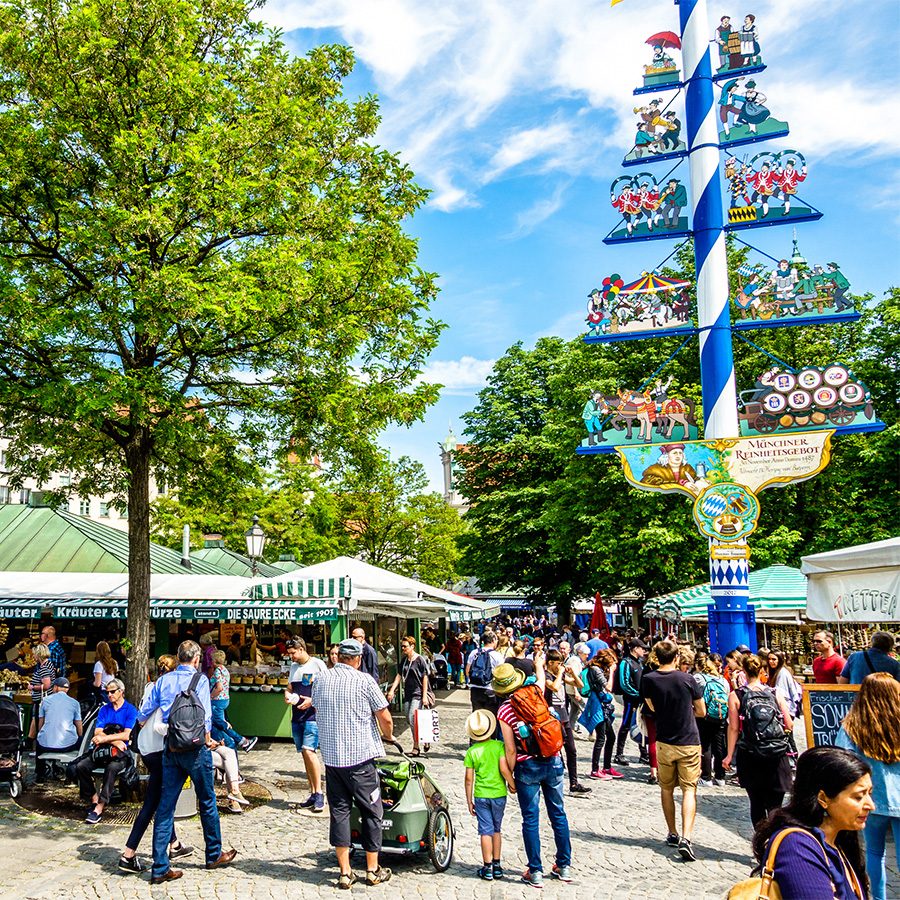
Credit: FooTToo/Getty Images
Best Munich souvenirs: Viktualienmarkt
Located within the walls of the Altstadt (old city), Viktualienmarkt is a bustling open-air market filled with specialty foods, local produce and handcrafted goods. It’s the perfect place for the connoisseur to pick up a bottle of wine or the amateur chef to collect hand-carved wooden utensils.
However, it’s not all about shopping: you can simply soak up the atmosphere while enjoying a fresh pastry.
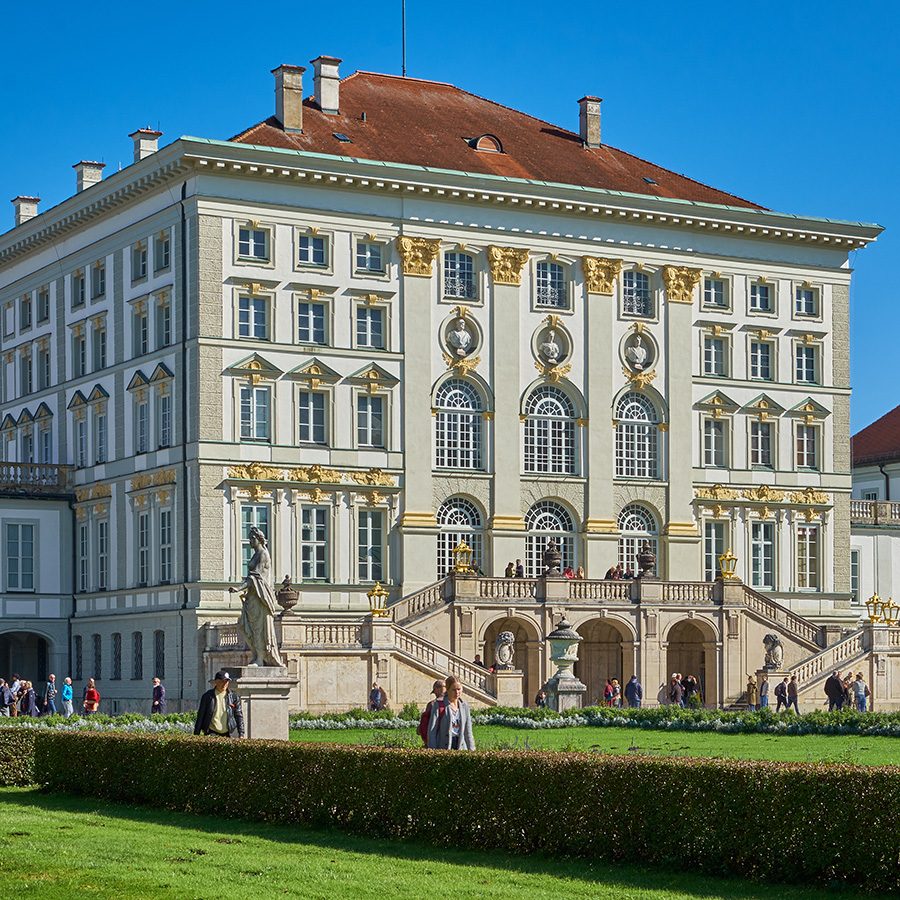
Credit: Dariia Sleta/Getty Images
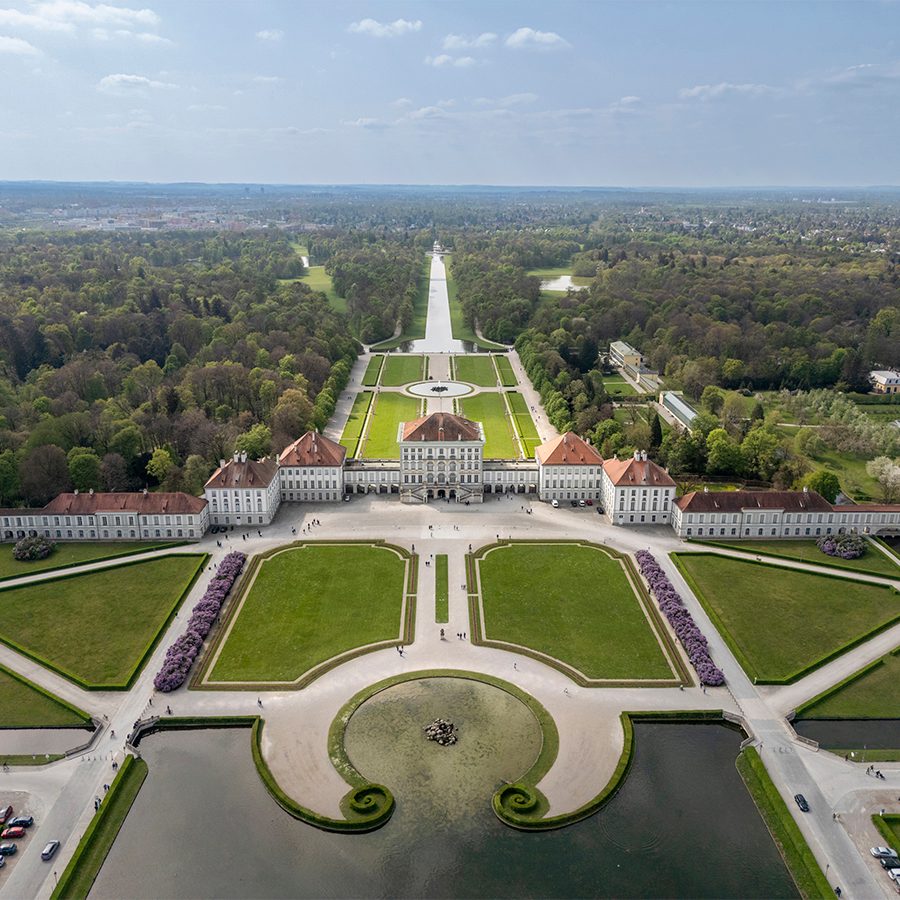
Best museum: Nymphenburg Palace
Schloss Nymphenburg once served as the summer home for the ruling House of Wittelsbach. Its impressive facade, with a long canal leading up to its front courtyard, rivals that of Versailles. Even better: when the water freezes over, the canal becomes a giant outdoor ice rink.
The splendour doesn’t end there. Once inside the entrance gates, visitors can roam the sprawling grounds at their leisure. Entry to Nymphenburg Park is free, while touring the castle and small palaces on the property (there are several) requires a ticket .
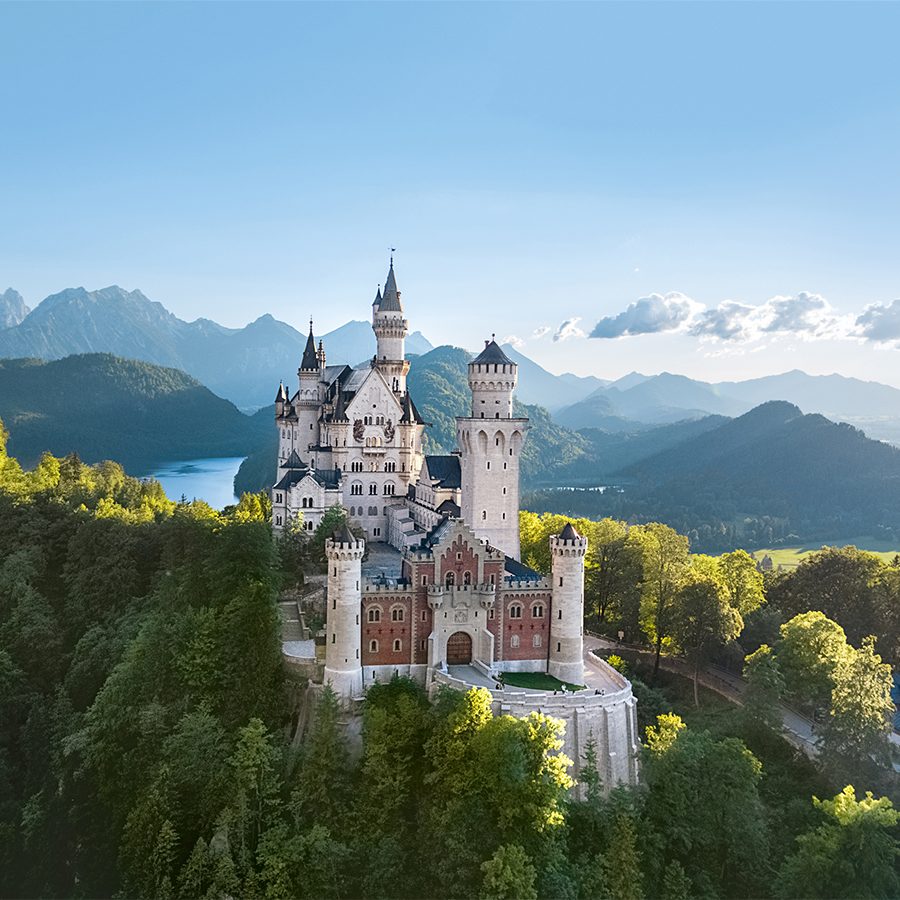
Credit: Vladone/Getty Images
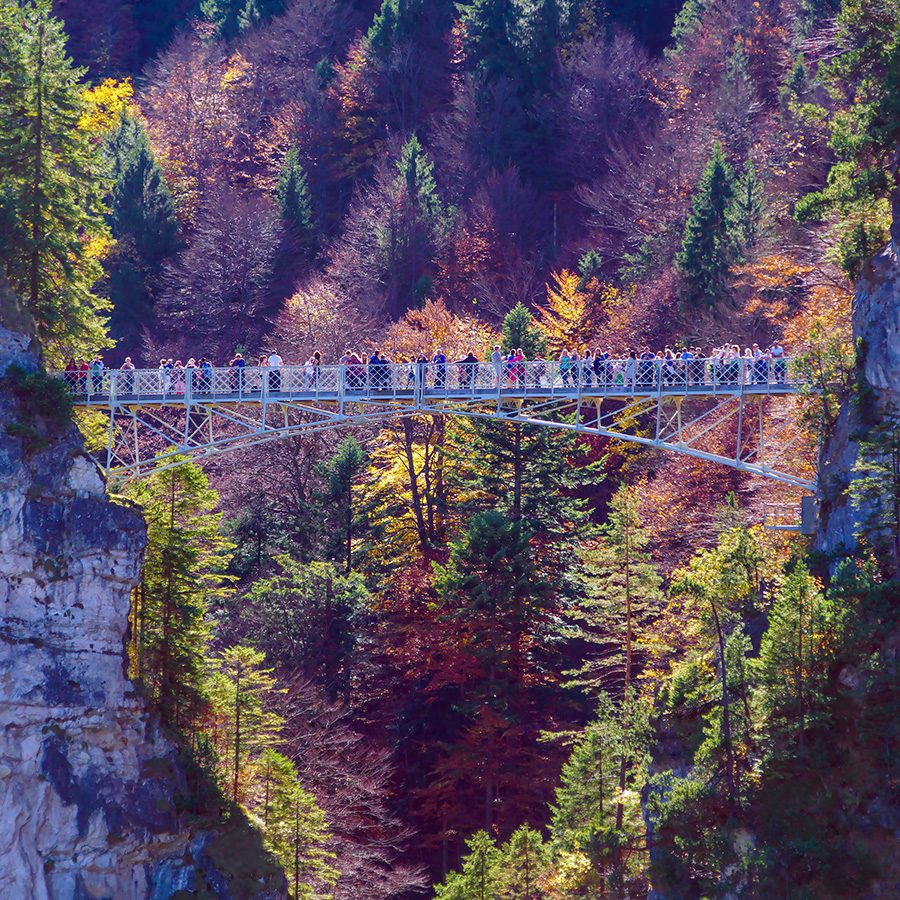
Credit: Rostislavv/Getty Images
Best day trip from Munich: Neuschwanstein Castle (The Disney Castle)
You’ll probably recognise Schloss Neuschwanstein by its silhouette, which inspired the logo of a certain famous film production company. It might be crowded – no, it will be crowded – and it takes the better half of a day to get there and back. But, if you’re going to see one castle, make it this one. From the medieval-inspired interiors to the breathtaking view from the Marienbrücke – a suspended bridge overlooking the castle – there are many reasons why more than 1.4 million people visit Neuschwanstein each year.
Insider tip: book a guided bus tour with tickets to the castle included. Regular tickets for castle tours often sell out months in advance, while navigating regional trains and buses can be difficult for newcomers. Spending a little extra securing transport and a guide is well worth it.
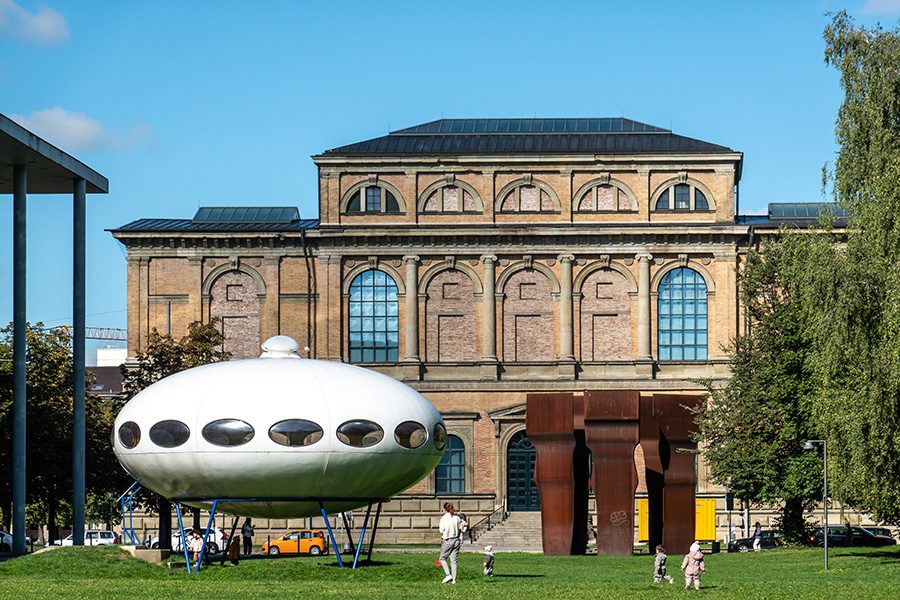
Credit: Rudolf Ernst/Getty Images
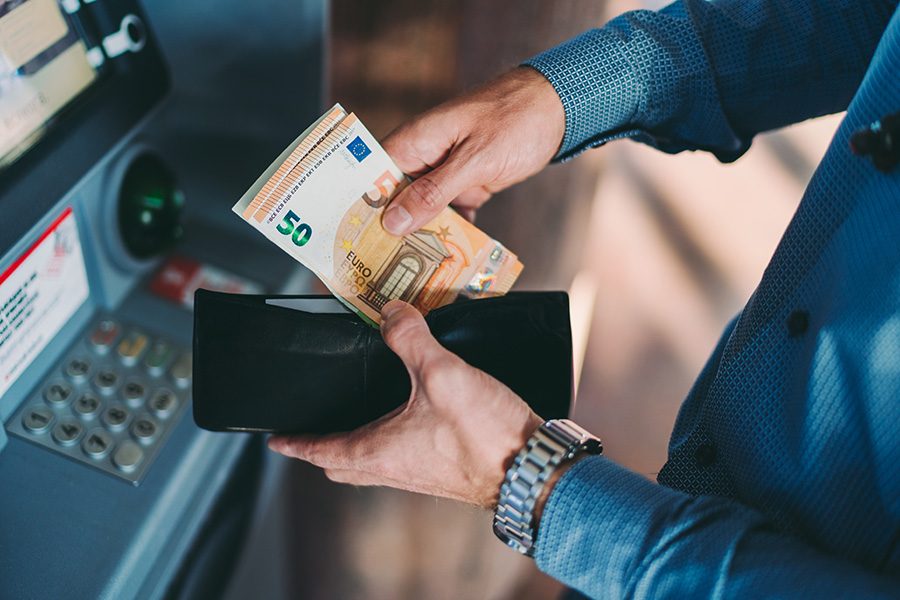
Credit: martin dm/Getty Images
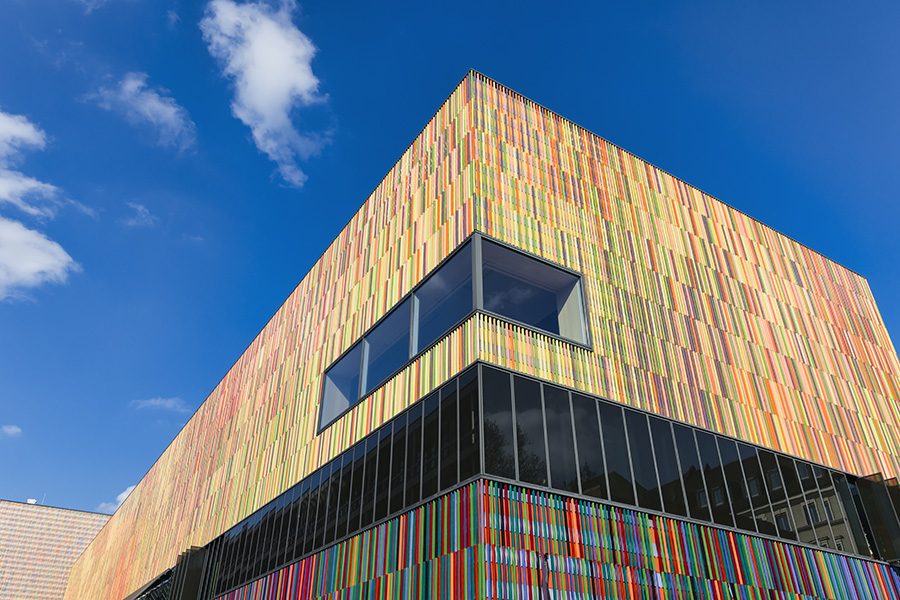
Credit: chris mueller/Getty Images
Know before you go
There are some things that Munich does the Munich way; even visitors from other German cities will be surprised by its quirks. Here are a few things to keep in mind before you travel.
1. Many establishments in Munich are cash-only. A lot of independent shops and restaurants do not accept any form of cashless payment. As a rule of thumb, always ask your taxi driver, waiter, or cashier before engaging their services.
2. Shops are closed on Sundays. If you’re leaving town on a Sunday (or even Monday morning), make sure to purchase your souvenirs by 8pm on Saturday, when all the stores close.
3. On the plus side, many museums are only €1 to enter on Sundays. These include the art museums of the Kunstareal , a cultural hub in Munich’s Maxvorstadt district. The most famous are the three Pinakoteken, while my personal favourite is the Brandhorst .
Of course, in a city with a rich history, varied landscape and thriving culture like Munich, there’s always more to discover. If you aren’t able to fit everything into your first trip, save it for the second – perhaps at another time of year, when Munich will reveal a different, yet every bit as beautiful, side to itself.
More inspiration
Munich travel information
- China – the Chinese Mainland, Hong Kong SAR, Macao SAR and Taiwan Region
- Hong Kong SAR - English
- Chinese Mainland (China) - English
- Taiwan China - English
- 香港特別行政區 - 繁體中文
- 中国內地 - 简体中文
- 中國台灣 - 繁體中文
- Africa
- South Africa - English
- Asia
- Bangladesh - English
- Korea - English
- Singapore - English
- Cambodia - English
- 한국 - 한국어
- Sri Lanka - English
- India - English
- Malaysia - English
- Thailand - English
- Indonesia - English
- Maldives - English
- ประเทศไทย - ภาษาไทย
- Indonesia - Bahasa Indonesia
- Myanmar - English
- Vietnam - English
- Japan - English
- Nepal - English
- Việt Nam - tiếng Việt
- 日本 - 日本語
- Philippines - English
- Australasia
- Australia - English
- New Zealand - English
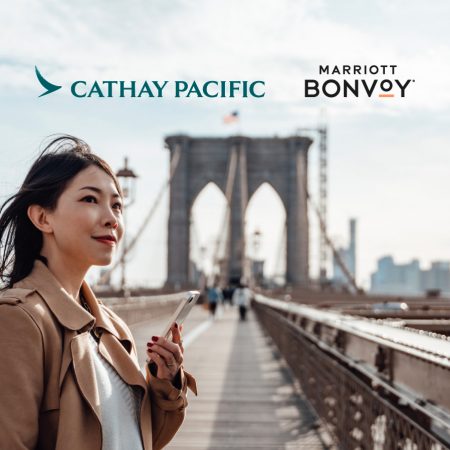




.renditionimage.450.450.jpg)


